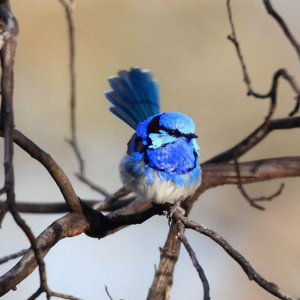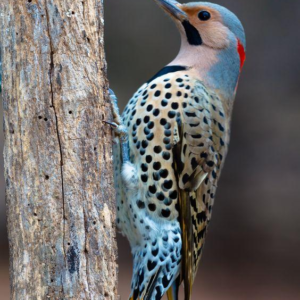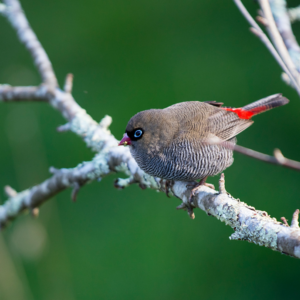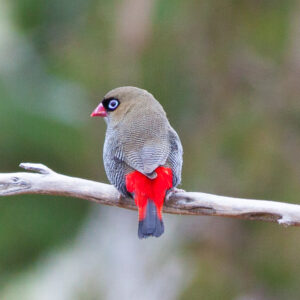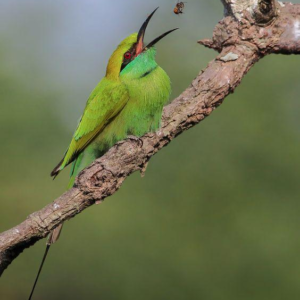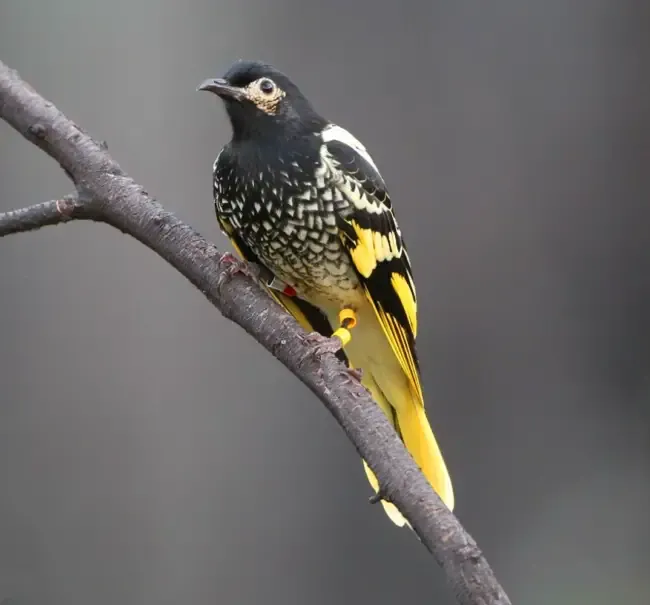The notable feature of this bird is its forehead that glows in shades of blue and green. It also has a long blue line from the throat to the chest and a subtle yellow color with green veins.
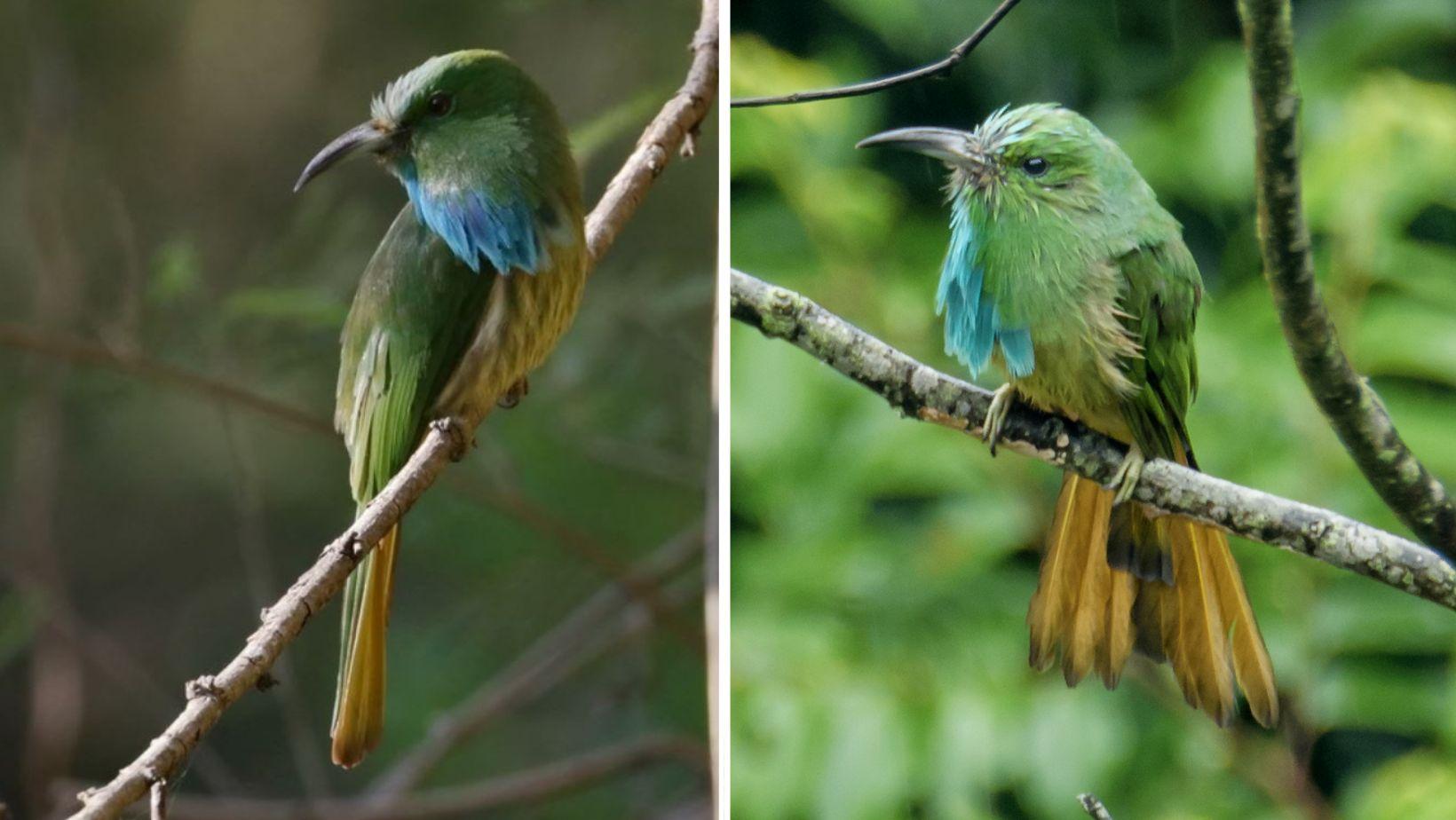
Introducing the Blue-bearded Bee-eater:
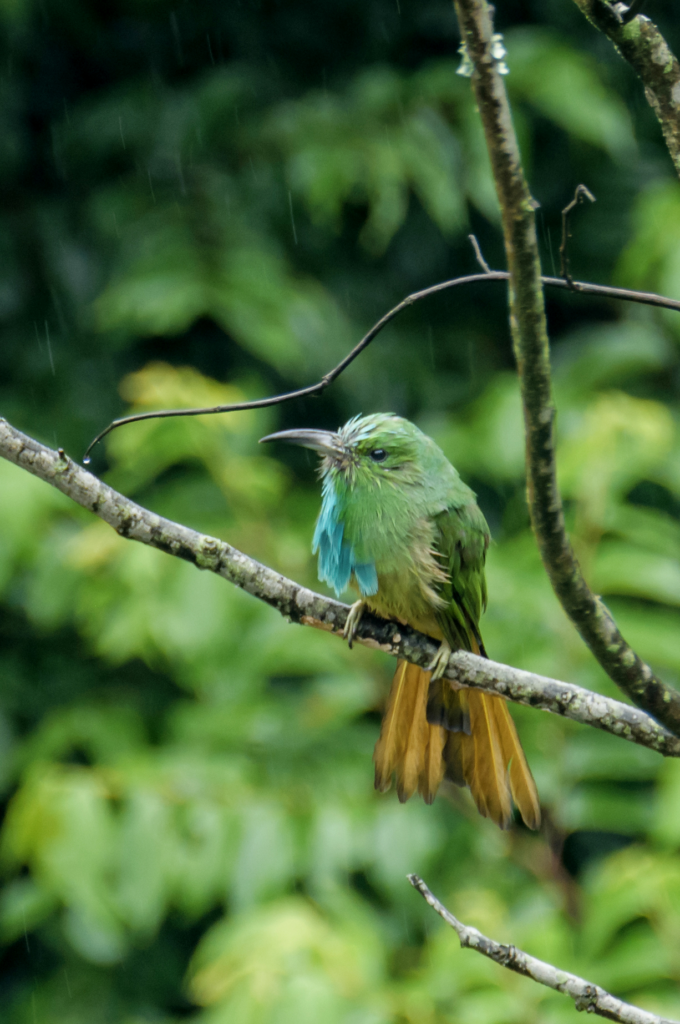
The blue-bearded bee-eater, also known as Nyctyornis athertoni, is a bird with peculiar characteristics. It has long chin feathers that can be fluffed to resemble a beard, and is the largest bee-eater in its family, measuring between 31 and 35 cm long and weighing between 70 and 93 grams. Its beak is sickle-shaped and its tail has square, wire-free ends. The bird has grass-green plumage with a turquoise forehead, face and chin, and the elongated feathers on its throat create a beard effect when fluffed. Its Ьeɩɩу is yellowish to olive in color with green or blue veins.
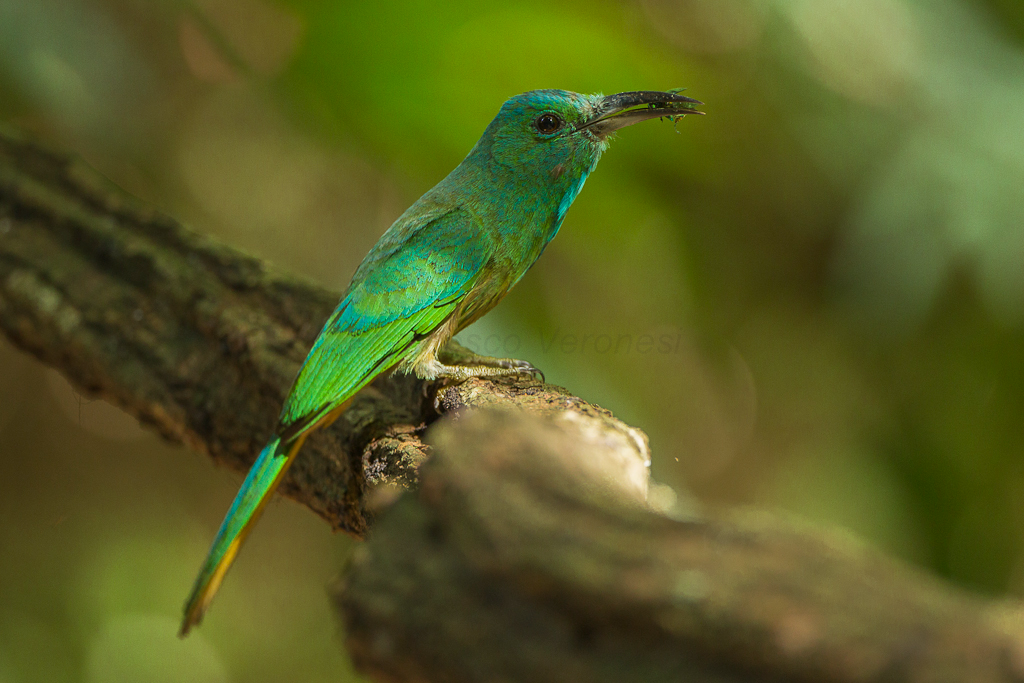
It is important to note that male and female blue-bearded bee-eaters are similar in appearance, but the male’s blue throat feathers have a higher ultraviolet reflectivity compared to those of the female. The species of bird was named in honor of Lieutenant John Atherton, who belonged to the 13th Light Dragoons and died in 1827. Mrs PJ Selby, Lieutenant Atherton’s niece, acquired a specimen of this bird and, together with Sir William Jardine described the ѕрeсіѕ in his publication “Illustrations of Ornithology”, which was published in 1828.
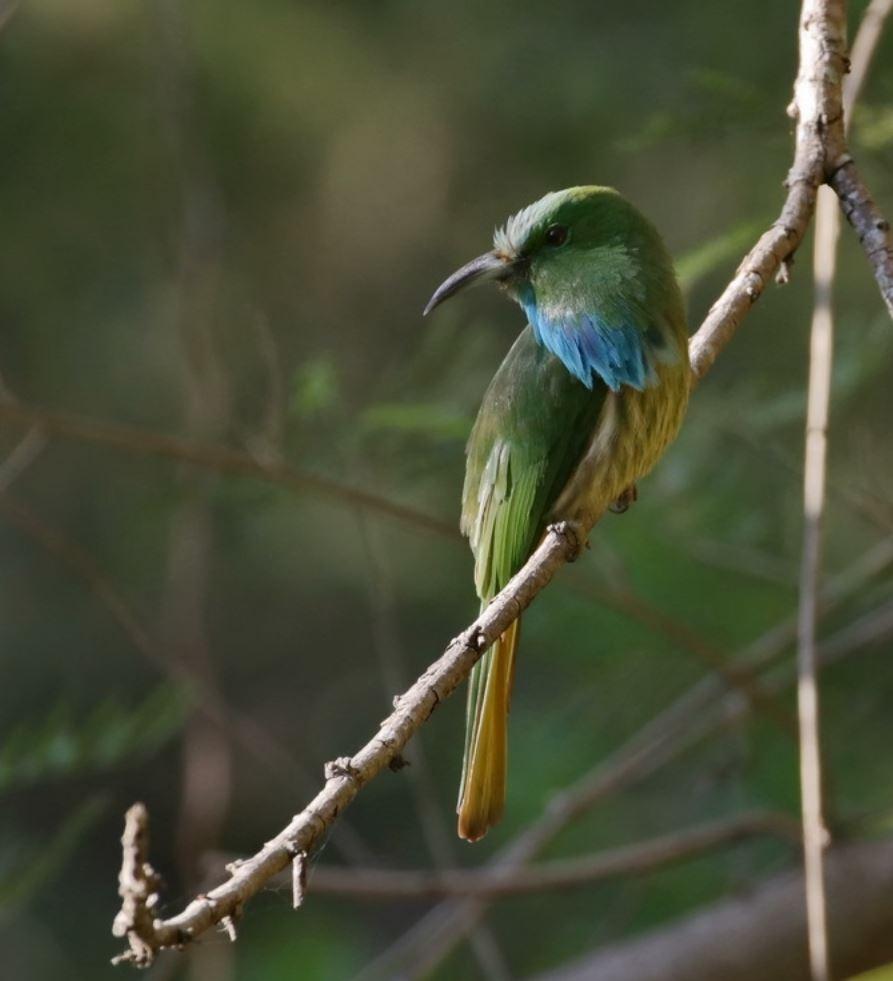
Geographic distribution and environment The bee-eater is a special type of bird that can be found inhabiting a variety of regions spanning the Indian subcontinent and some areas of Southeast Asia.
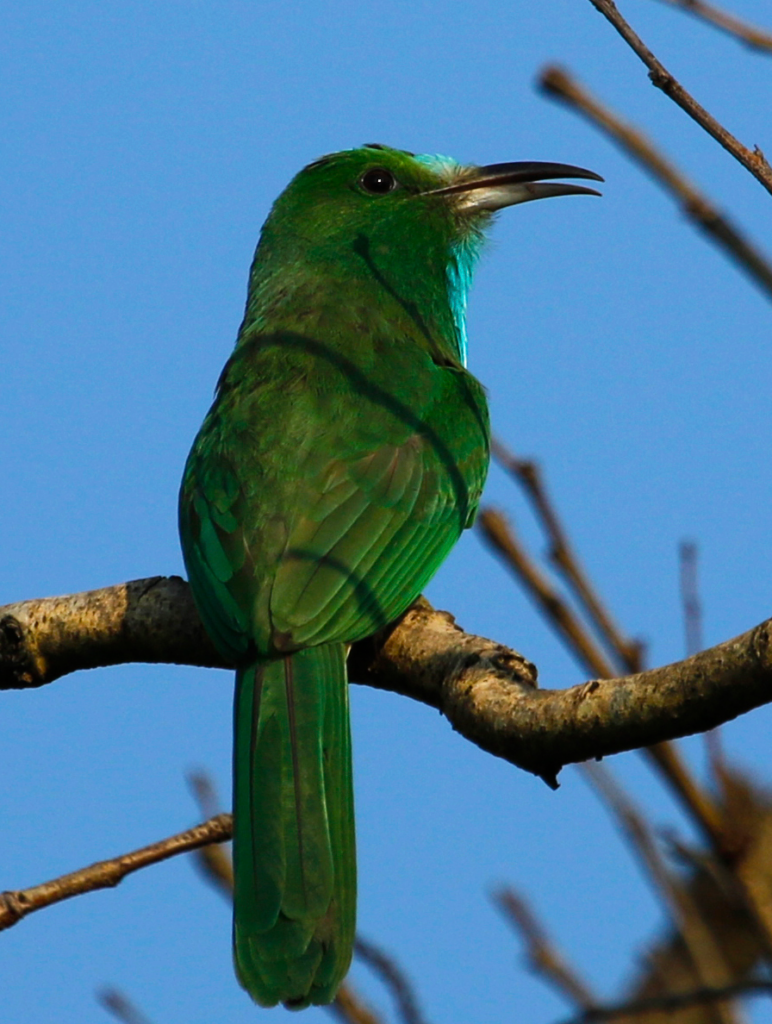
These ѕtᴜппіпɡ birds are usually found in forest clearings, predominantly in the Malay region, and some range as far west as peninsular India. They thrive in various habitats, mainly at medium altitudes below 2000 metres, and their usual habitat consists of forests ranging from thin to quite dense, often with gaps. These birds are usually found singly or in small groups of up to three individuals and have a patchy distribution throughout their range. Detecting its presence in an area can be quite complicated.

The fascinating feature that sets them apart is the long blue feathers on their throat, which gives them their special name. Although they are known for their loud calls, they tend to be less sociable and active compared to other smaller species of bee-eaters. Unlike many other bee-eaters, their tails have a square end and hit the distinct “wires” created by the longer central tail feathers.
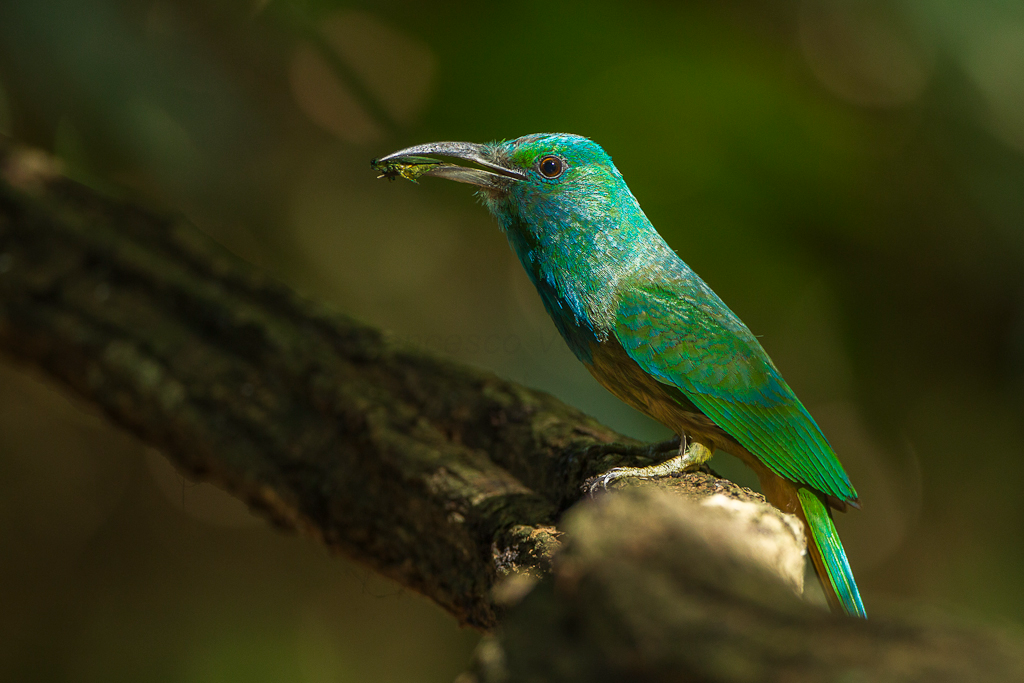
The behavior and ecology of blue-bearded bee-eaters is fascinating. These birds feed primarily on bees and have a unique way of dealing with giant bee colonies. They intentionally attacked the colonies, causing the good bees to attack them, but then caught them and consumed them in the air. Although they feed mainly by aerial means, they sometimes collect food from the bark of trees. Blue-bearded bee-eaters have also been observed associating with mixed-species flocks in search of food and foraging near Erythrina and Salmalia flowers, but their exact dietary preferences in these situations are still unknown.
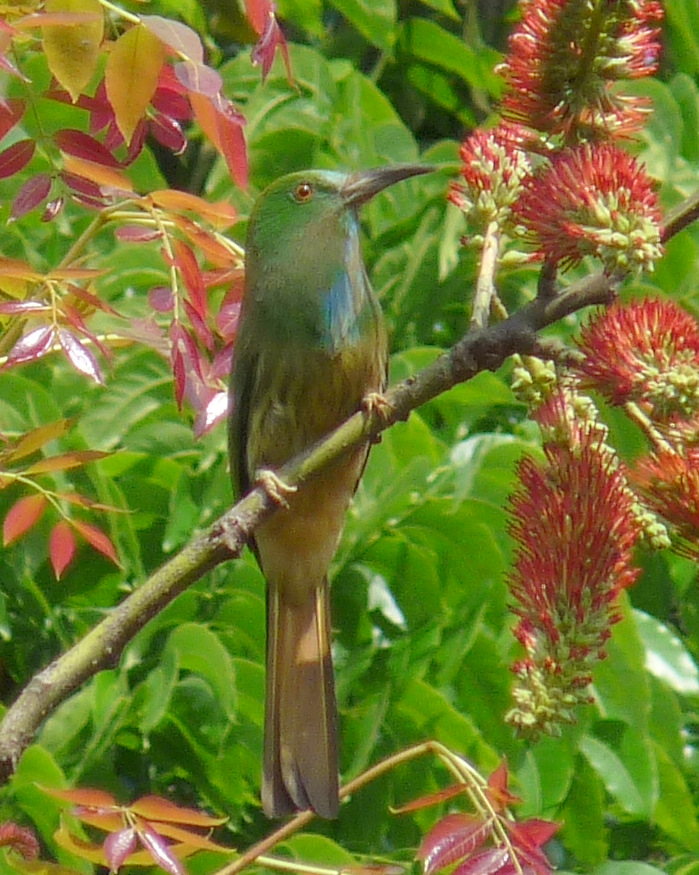
Bee-eaters are known for their loud calls, but they don’t make them very often. They are not as active as their smaller counterparts and their calls consist of a variety of sounds, such as hornbill-like cackling noises, dry series of “Kit-tik…Kit-tik” or hollow nasal “kyao” calls. When in pairs, they may engage in duets that include cackling and rattling, ending with short notes of purring. Its leg pattern is wavy and reminiscent of barbets.
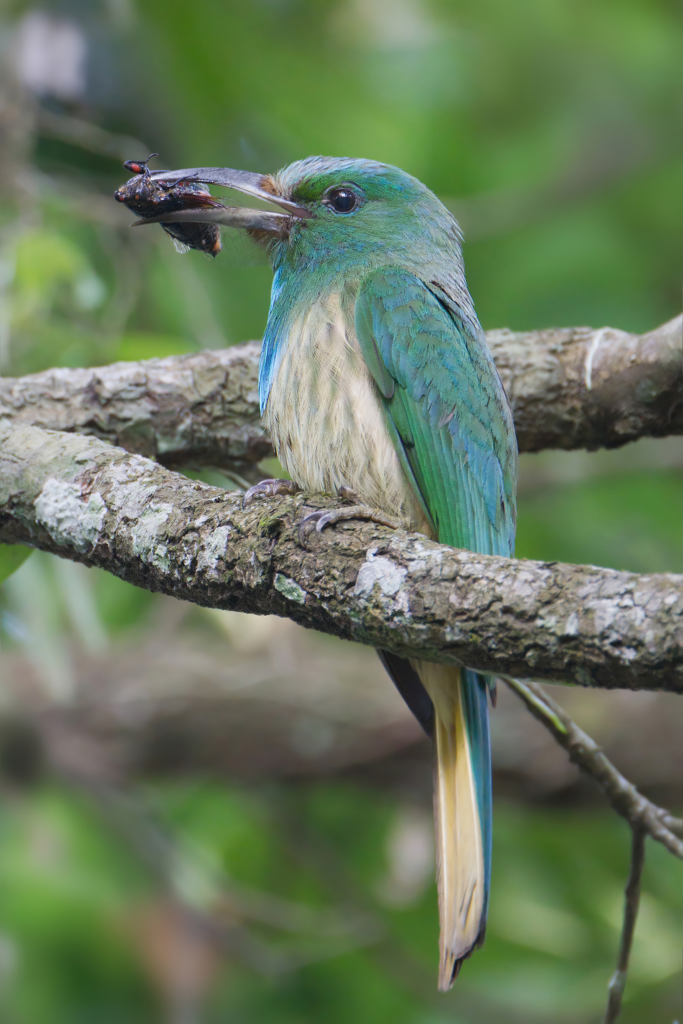
The blue-bearded bee-eater breeds in India from February to August. During courtship, they participate in rituals of feeding, bowing, and tail fanning. The nesting process usually begins about a month before laying eggs, and these birds build deep tunnels in mud banks where they lay four white, spherical eggs.
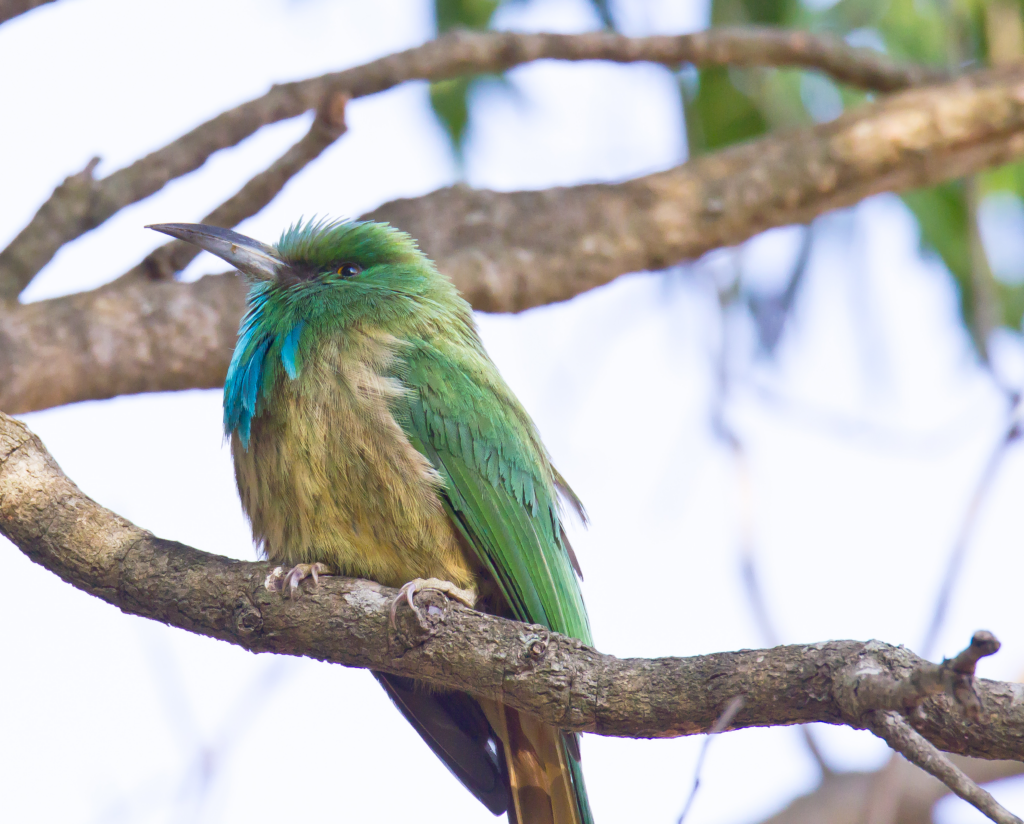
Take a moment to listen to this bird’s song:
